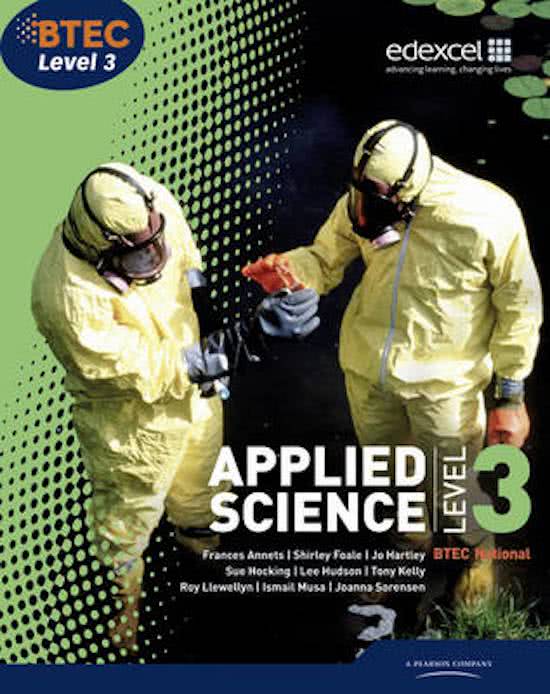Preview 8 out of 10 Flashcards
Which chambers are the Purkyne fibres associated with?
Which chambers are the Purkyne fibres associated with?
- The left and right ventricles
Which side of the heart has thin muscular wall?
Which side of the heart has thin muscular wall?
- The right side of the heart
What is the function of the sinoatrial node?
What is the function of the sinoatrial node?
- Initiate signal activity and send it through the heart.
What is the common name of the sinoatrial node?
What is the common name of the sinoatrial node?
- Pacemaker
What is the function of the atrioventricular node?
What is the function of the atrioventricular node?
- Atrioventricular node receives electrical activity from the sinoatrial node, after that there is a delay which is when the ventricles are filling up with blood. Then they allow electrical signal to go to the bundle of His where the signal continue its path throughout the ventricles.
Explain why the sinoatrial node is commonly referred to as the pacemaker
Explain why the sinoatrial node is commonly referred to as the pacemaker
Sinoatrial node is a complex tissue that continuously generates electrical impulses, therefore making the basic/normal rhythm and rate of the heartbeat.
Describe the shape of an ECG machine and how it can be used to detect heart problems.
Describe the shape of an ECG machine and how it can be used to detect heart problems.
ECG machine is basically a machine that is attached to the skin in order to measure the electrical activity of the patient’s heart. ECG has a standard shape for a normal heart beat, and if it is different means that something may be happening with your heart.
The normal heart beat starts from P wave (contraction of the atria), QRS wave (contraction of the ventricles) and then T wave (relaxation of the chambers).
An ECG machine is usually a square machine with a screen where the waves are shown.
Describe the cardiac cycle. Ensure that you mention the action of the valves
Describe the cardiac cycle. Ensure that you mention the action of the valves
Deoxygenated blood enters the right atrium coming from the superior and inferior vena cava. The right atrium contract and fill up with blood (atrial diastole) which causes the pressure to rise causing the AV (tricuspid valve) to open and allowing blood to flow to the right ventricle. The right ventricle contract and fills up with blood (ventricular diastole). The pressure in the ventricles rise above the pressure in the right atrium, causing the AV valves to close to prevent the back flow of blood to the atrium. As the pressure increases it forces the semilunar valve (pulmonary valve) to open allowing the blood to flow to the lungs for gas exchange, through the pulmonary artery. As the pressure rises in the pulmonary artery, the semilunar valve closes to prevent the back flow of blood into the right ventricle. In the lungs blood absorbs oxygen and releases carbon dioxide for expulsion.
In the left side of the heart, oxygenated blood enters the left atrium coming from the lungs, pulmonary vein. It then contracts and fill up with blood. As the pressure rises it causes the AV valve to open (bicuspid valve), allowing blood to flow into the left ventricle. The left ventricle contracts and fill up with blood which causes the AV valves to close to prevent the backflow of blood. As the pressure in the ventricle rise, it causes the semilunar valve to open, allowing the flow of blood through the aorta, to the capillaries in the tissues of the body, to supply them with oxygen. And as the pressure rises in the aorta the semilunar valve close to prevent the backflow of blood to the right ventricle.




